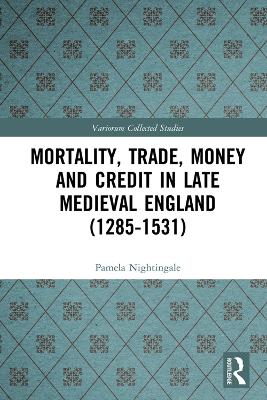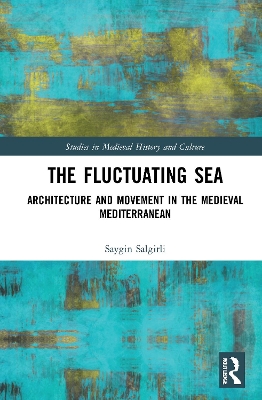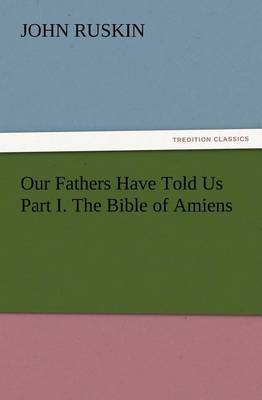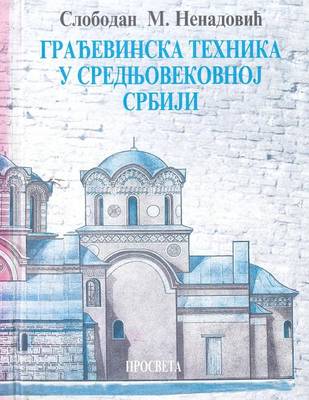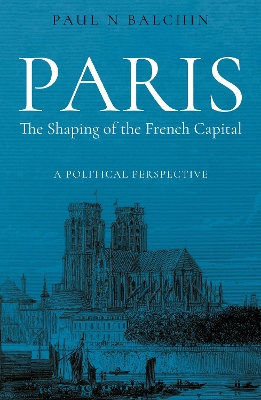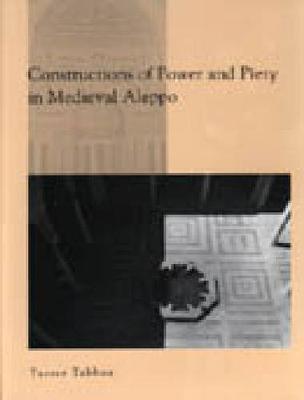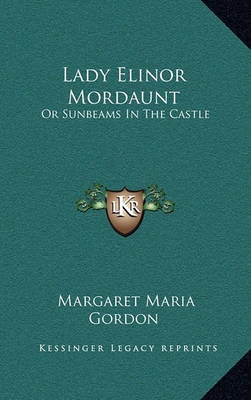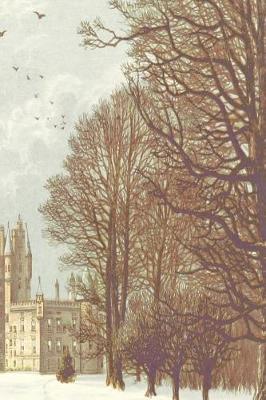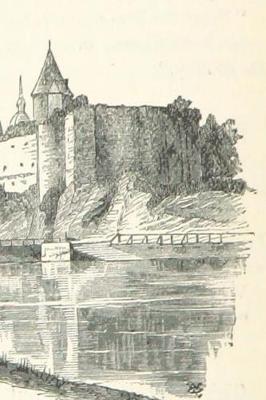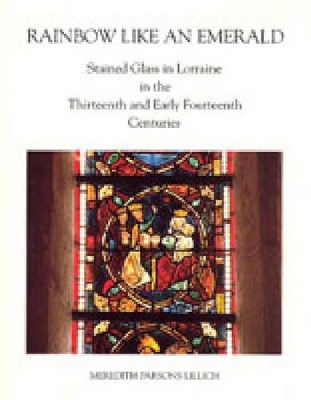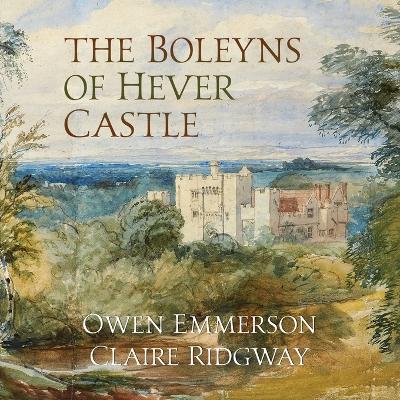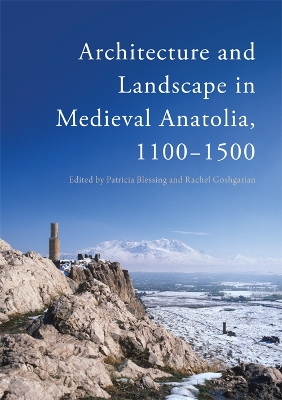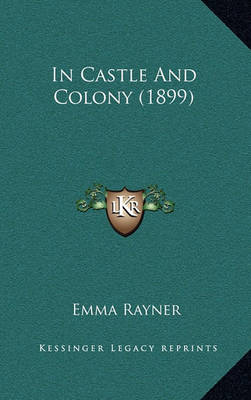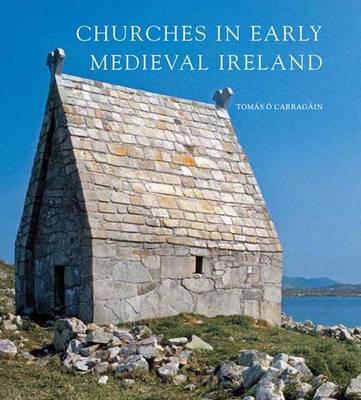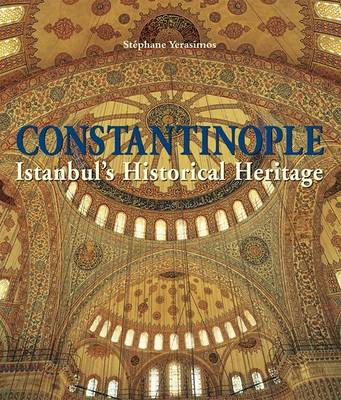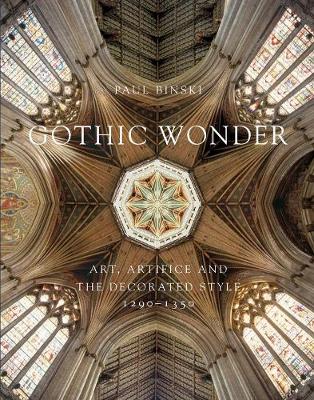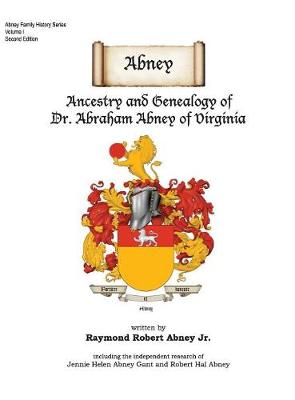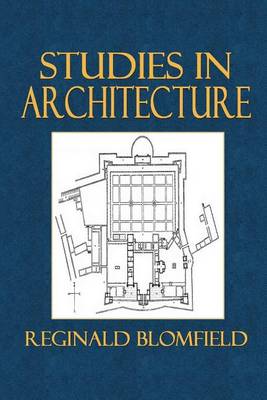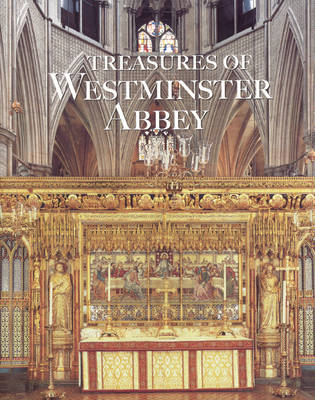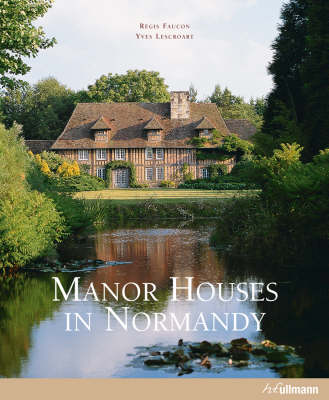The eleven articles in this volume examine controversial subjects of central importance to medieval economic historians. Topics include the relative roles played by money and credit in financing the economy, whether credit could compensate for shortages of coin, and whether it could counteract the devastating mortality of the Black Death. Drawing on a detailed analysis of the Statute Merchant and Staple records, the articles chart the chronological and geographical changes in the economy from th...
The Fluctuating Sea (Studies in Medieval History and Culture)
by Saygin Salgirli
This volume fluctuates between conceptualizations of movement; either movements that buildings in the medieval Mediterranean facilitated, or the movements of the users and audiences of architecture. From medieval Anatolia to Southern France and the Genoese colony of Pera across Constantinople, The Fluctuating Sea investigates how the relationship between movement and the experiences of a multiplicity of users with different social backgrounds can provide a new perspective on architectural histo...
John Ruskin's reflections on Amiens Cathedral's wonderful retelling of the Bible in sculpture. A book much loved by Proust.
The book describes the impact of political history on the architectural development of Paris - an explanation not provided clearly in any other book. Through various stages in history from the Roman to the Medieval, to Renaissance and Early Modern and Modern, the book shows how the immense political power of monarchs, the aristocracy and church determined the pace and volume of building in Paris and the extent of town planning. Whereas many other great cities owe their historic importanc...
In the twelfth and thirteenth centuries, the Ayyubid dynasty brought unprecedented architectural development to Aleppo, the most important city in medieval Syria. While early Islamic empires usually expressed their grandeur by founding new cities with vast extra-urban palaces, the Ayyubids asserted their power by "modernizing" existing towns. With its large, well-preserved citadel and a wide variety of pious institutions, Aleppo is the ideal subject for Yasser Tabbaa's study of the pan-Islamic t...
Journal Vintage Winter Castle Fairy Tale Medieval Historical (Castles Journals Notebooks Diaries)
by Distinctive Journals
Journal Vintage Castle Sketch Fairy Tale Medieval Historical (Castles Journals Notebooks Diaries)
by Distinctive Journals
Rainbow Like an Emerald (College Art Association Monograph, #47)
by Meredith Parsons Lillich
Rainbow Like an Emerald is the most comprehensive study of Lorraine stained glass as a regional style developed in conjunction with the typical Gothic architecture of the province. Situated between France and Germany, medieval Lorraine increasingly looked to France for it cultural standards. While French in inspiration, however, its Gothic architecture and stained glass quickly developed strong regional and distinctive characteristics. This architecture has only in the last decade been studied,...
Architecture In Britain & Ireland 600-1500
by Lucy Archer and Edwin Smith
Everyone interested in architecture will find this book an indispensable companion to the discovery and appreciation of the astonishing number of Celtic, Saxon, Norman and medieval buildings and monuments which are still to be seen throughout Britain and Ireland. While providing a brief historical background to each period, it is mainly a comprehensive guide to the development and use of the wide range of surviving secular and ecclesiastical buildings, including church furnishings.
Architecture and Landscape in Medieval Anatolia, 1100-1500
Anatolia was home to a large number of polities in the medieval period. Given its location at the geographical and chronological juncture between Byzantines and the Ottomans, its story tends to be read through the Seljuk experience. This obscures the multiple experiences and spaces of Anatolia under the Byzantine empire, Turko-Muslim dynasties contemporary to the Seljuks, the Mongol llkhanids, and the various beyliks of eastern and western Anatolia. This book looks beyond political structures an...
The Architecture of the Monastery of Hosios Loukas
by Charalambos Bouras
Churches in Early Medieval Ireland (The Paul Mellon Centre for Studies in British Art)
by Tomas O'Carragain
This is the first book devoted to churches in Ireland dating from the arrival of Christianity in the fifth century to the early stages of the Romanesque around 1100, including those built to house treasures of the golden age of Irish art, such as the Book of Kells and the Ardagh chalice. O Carragain's comprehensive survey of the surviving examples forms the basis for a far-reaching analysis of why these buildings looked as they did, and what they meant in the context of early Irish society. O Ca...
This book unveils the inheritance of a fascinating city. Christened "Constantinople" by Constantine the Great, the city successively served as the capital of the Byzantine and Ottoman empires and commanded a key position between Occident and Orient for more than sixteen centuries. The wealth of cultural treasures that characterize the face of Istanbul today reflects this rich history. The Hagia Sophia stems from the early Christian era; the Middle Ages bequeathed us churches and monasteries rich...
Der Wirtschaftshof Im Kloster Mustair St. Johann in Mustair (Mustair Studien, #2)
by Jurg Goll and Erich Tscholl
In this wide-ranging, eloquent book, Paul Binski sheds new light on one of the greatest periods of English art and architecture, offering ground-breaking arguments about the role of invention and the powers of Gothic art. His richly documented study locates what became known as the Decorated Style within patterns of commissioning, designing, and imagining whose origins lay in pre-Gothic art. By examining notions of what was extraordinary, re-evaluating medieval ideas of authorship, and restori...
"The Treasures of Westminster Abbey" celebrates an iconic building and its rich artistic heritage. The Abbey, one of Britain's greatest medieval buildings and among the best-known churches in the world, has a history stretching back over a thousand years. Founded as a Benedictine monastery in the mid-tenth century and with the shrine of its principal royal founder, St Edward the Confessor, at its heart, it is also the coronation church where monarchs have been crowned amid great splendour since...
